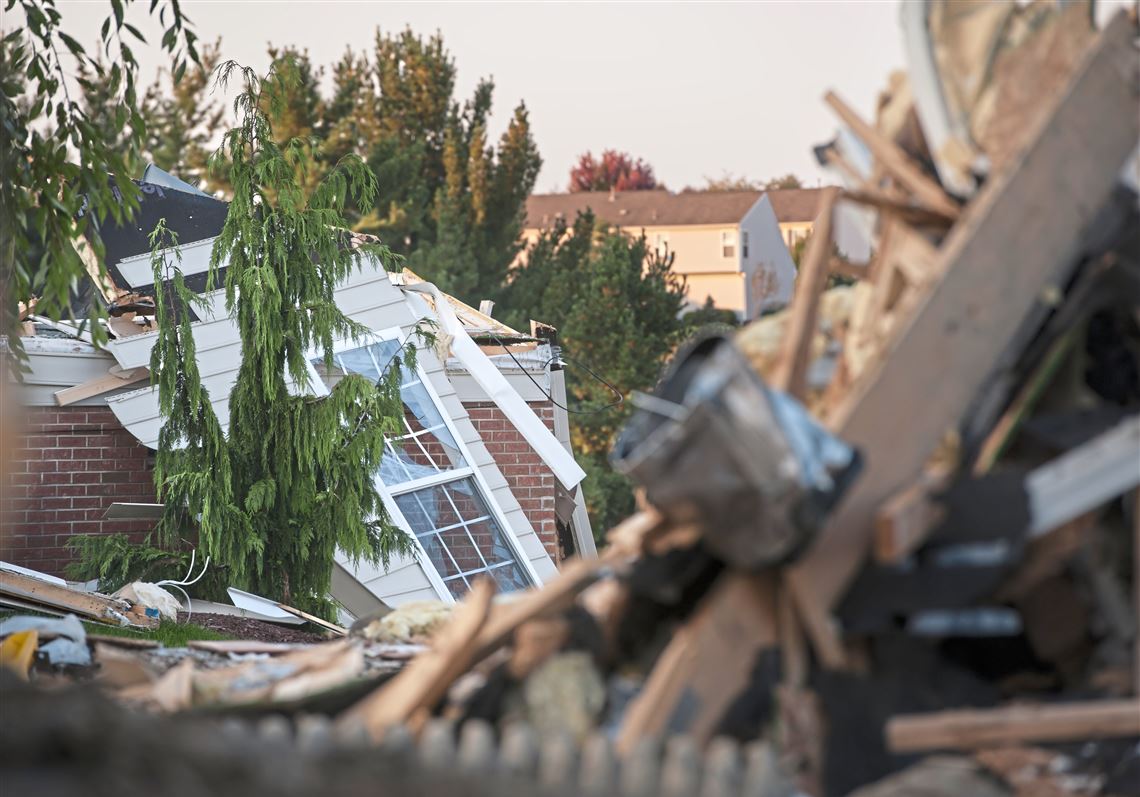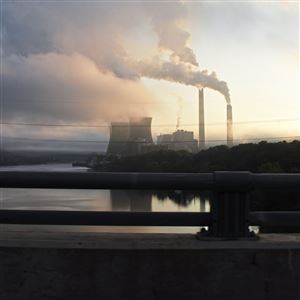HARRISBURG — A draft update to Pennsylvania’s guidebook for combating climate change sets a target for the first time on how much greenhouse gas emissions should be cut by 2050 — and then describes how even major shifts toward cleaning up the state’s energy system will likely fall short of reaching it.
The draft 2018 update to Pennsylvania’s Climate Action Plan — the fourth that the state Department of Environmental Protection has produced since 2008 — proposes dozens of actions that the state, its citizens and businesses can take to cut down on the release of carbon dioxide and other climate-warming gases.
The strategies include 15 that were identified as the most practical and effective — including cutting electricity demand from homes and businesses, transitioning to electric vehicles, requiring more of the state’s electricity mix to come from wind and solar, and keeping the state’s current nuclear power plants open.
Collectively, the measured strategies are expected to have a positive, but relatively small, impact on the Pennsylvania economy and job growth over the next 30 years and “are not disruptive for the overall economic trajectory of the state,” the report found.
But the strategies would involve dramatic changes, including shifting away from reliance on fossil fuels — especially coal-fired power plants — in electricity generation.
The draft report says those changes or some similar mix of carbon-cutting tools — combined with equal actions by other states and nations — will be necessary to avoid the worst effects of climate change, which scientists expect will occur if global temperatures continue their rapid rise and reach 2 degrees Celsius above pre-industrial levels.
To stay clear of that threshold, the United States, and Pennsylvania, would need to reduce greenhouse gas emissions from 2005 levels by 26 percent by 2025 — just seven years from now — and 80 percent by 2050, the report says. DEP adopted those percentages as its targets.
While the 15 “most practical and impactful” strategies quantified in the report would “significantly reduce” greenhouse gas emissions compared to business-as-usual in Pennsylvania, they would not meet the targets.
If all 15 of the quantified strategies were implemented, they would cut the state’s greenhouse gas emissions by 21 percent by 2025 and 36 percent by 2050 from 2005 levels.
Other jurisdictions’ climate plans have hit similar hurdles, the report notes.
“Actions with large [greenhouse gas] reduction potential, such as those quantified for this plan, are not quite enough to meet 2025 or 2050 targets, when taken alone,” the report says. “This finding further emphasizes the need for more ambitious and quick climate action from all actors, including leadership, businesses, and citizens.”
Pennsylvania has reduced greenhouse gas emissions over the last decade, largely because natural gas is displacing coal for electricity generation and because gradual policies to promote renewable energy and energy efficiency have matured. Net greenhouse gas emissions statewide were about 13 percent lower in 2015 than they were in 2005, according to the report.
But Pennsylvania cannot simply do what it has been doing and hope emissions will keep falling, the report warns.
The business-as-usual case outlined in the report envisions that both the Three Mile Island and Beaver Valley nuclear power plants will close in 2019 and 2021, as their owners have announced, and that emissions from transportation, natural gas production, industry and waste will rise over the next three decades, nearly returning to levels last seen in 2005.
Pennsylvania is expected to face higher temperatures, increased air pollution and more frequent extreme weather events and flooding because of climate change in the coming decades, the report says.
A final draft of the DEP plan is expected to be released early next year and will include letters of support or opposition from members of the state’s Climate Change Advisory Committee, some of whom expressed concerns with the proposed strategies and targets at a meeting on Tuesday.
Terry Bossert, an energy attorney with the firm Post & Schell, noted that Pennsylvania is a major exporter of electricity.
“To some extent, this report strikes me like Michigan doing a climate report saying, ‘we should stop making cars,’” he said. “We’re in that kind of conundrum: that the thing we make leads to the problem that we’re trying to address.”
Laura Legere: llegere@post-gazette.com.
First Published: December 4, 2018, 10:44 p.m.
















